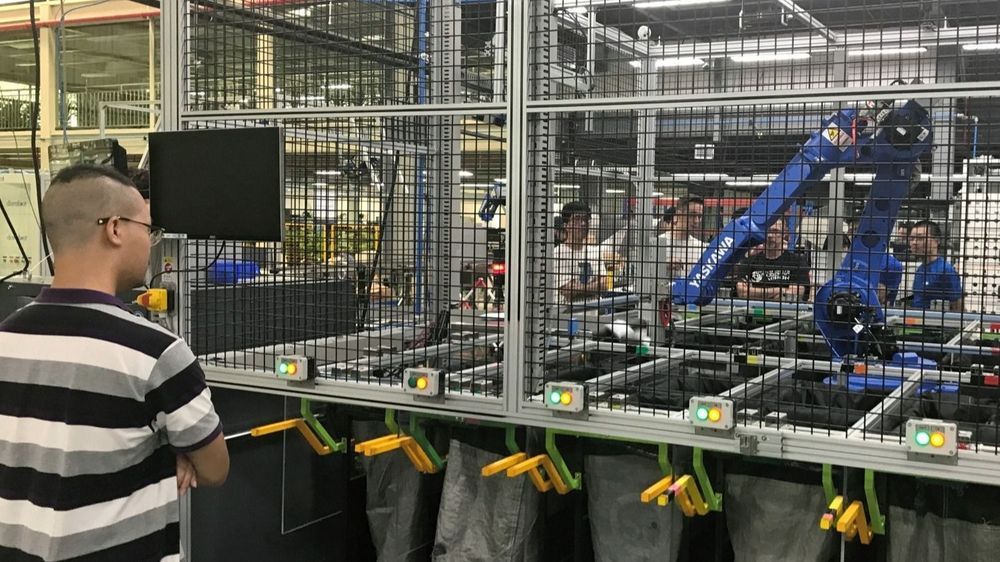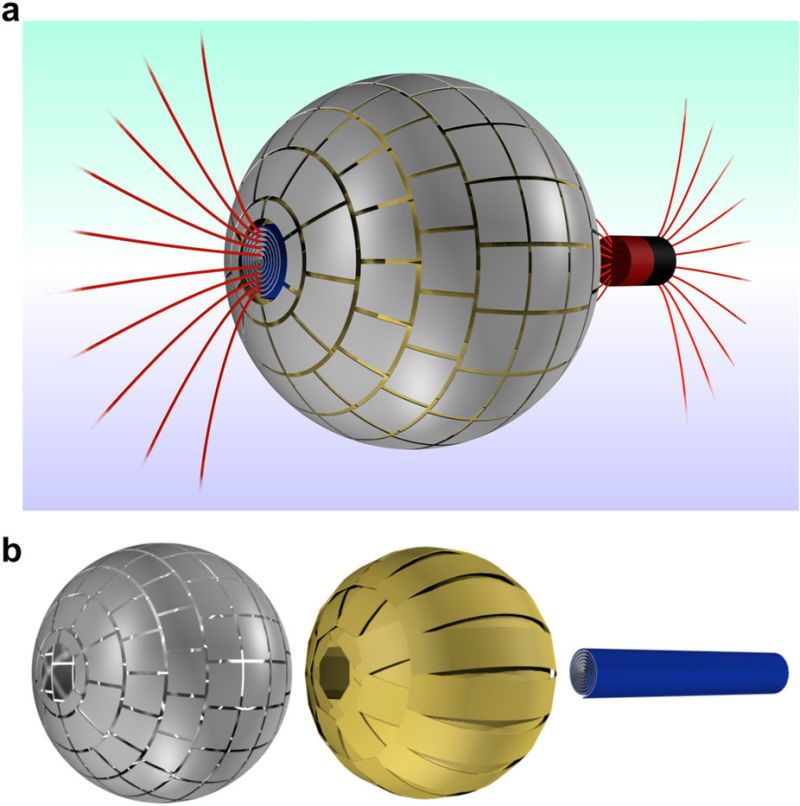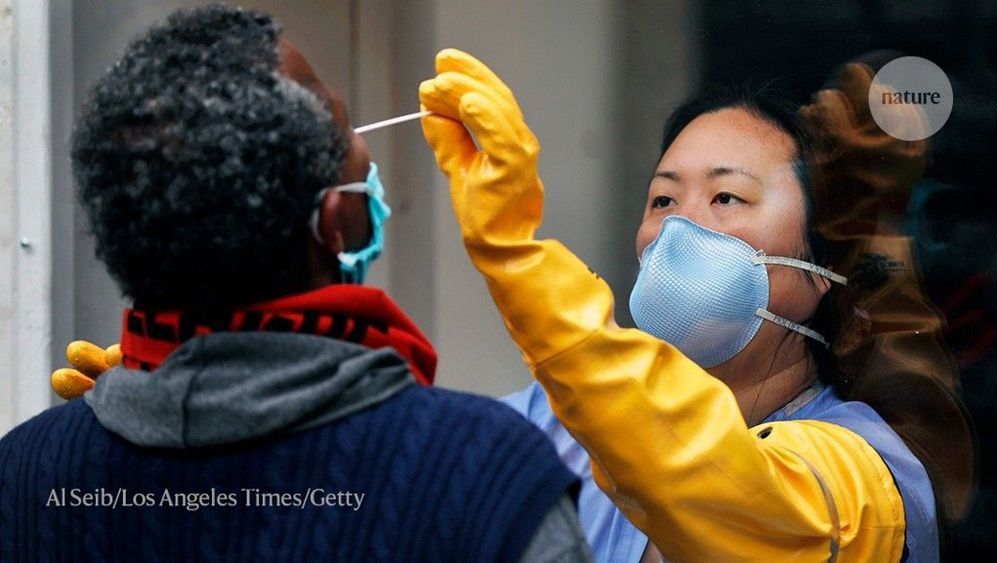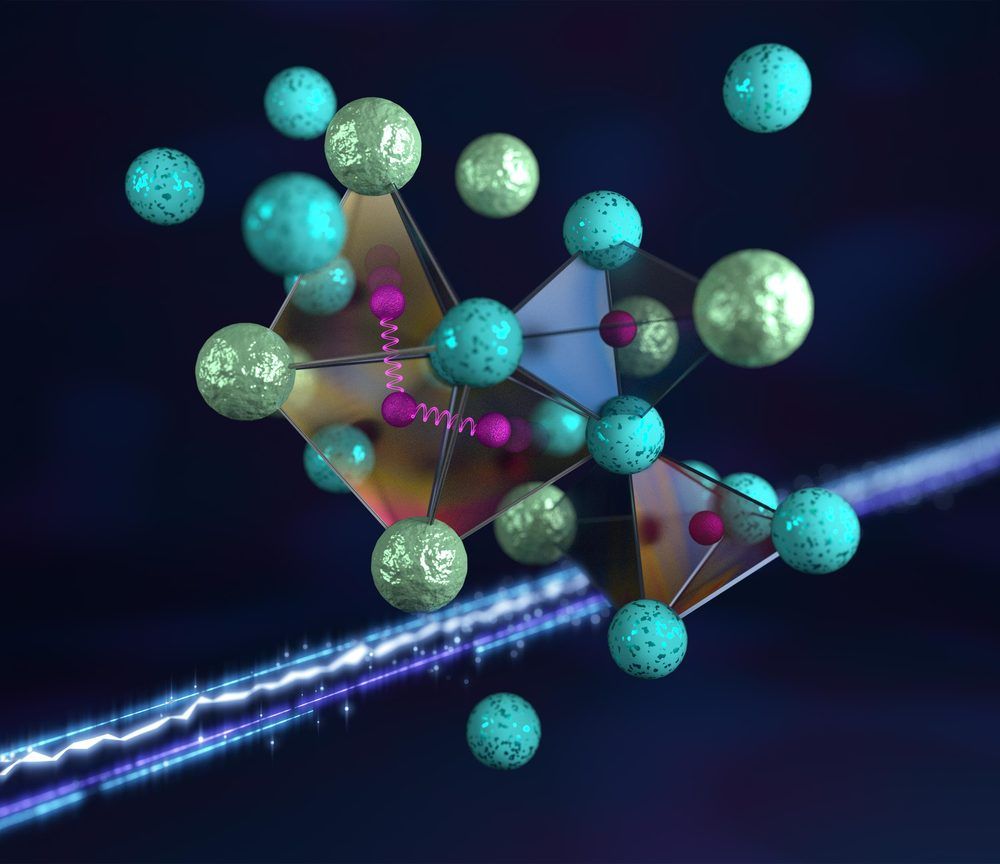Jun 1, 2020
Post-coronavirus fate differs among Shenzhen tech startups
Posted by Derick Lee in categories: biotech/medical, business, robotics/AI
GUANGZHOU/TOKYO — Tech startups in Shenzhen, known as China’s Silicon Valley, are set to experience a range of outcomes as the novel coronavirus pandemic appears to near its end, with some seeing their businesses thrive while others face headwinds following significantly reduced investment.
AI and robot companies feel positive impact, while some face harsh climate.


















